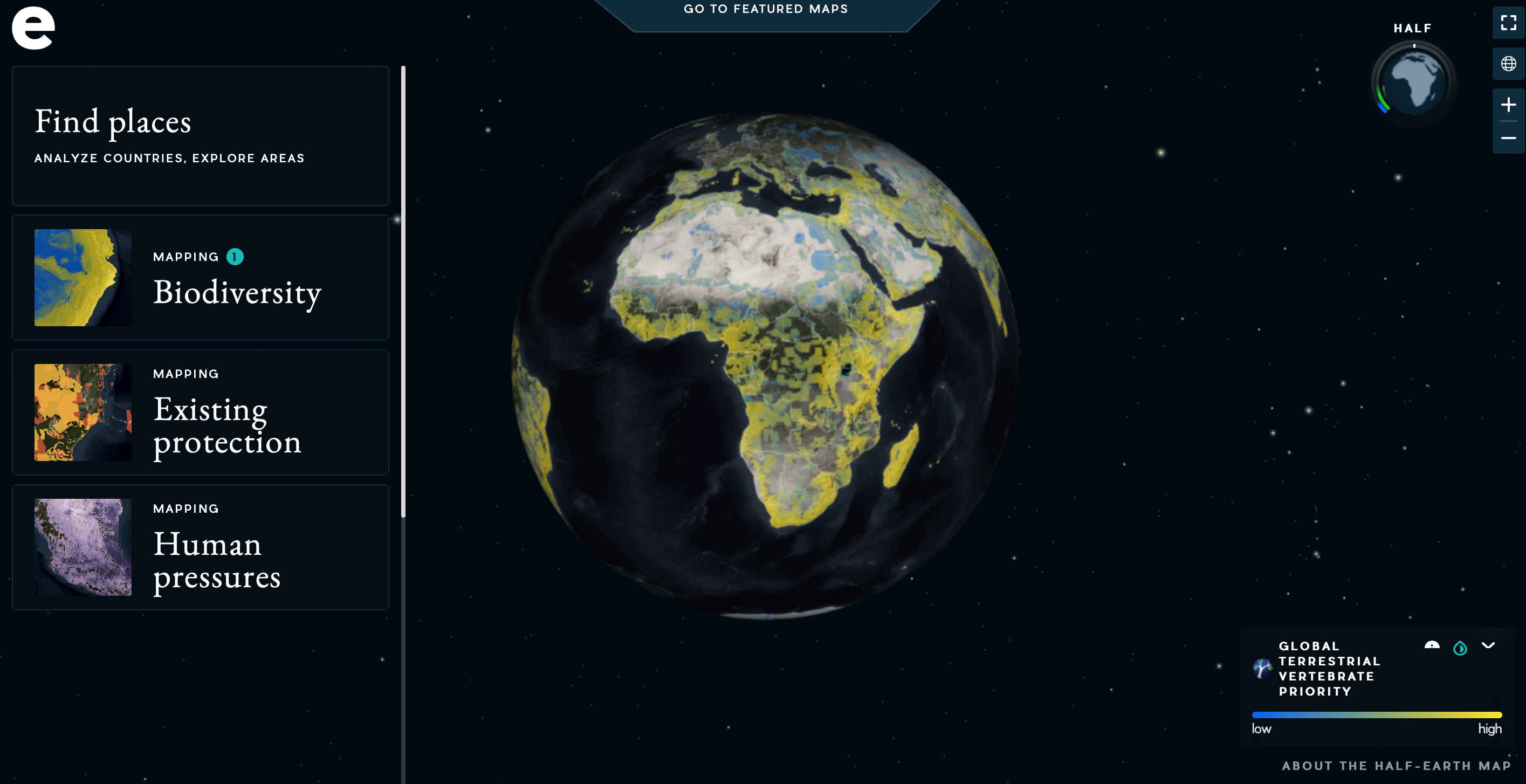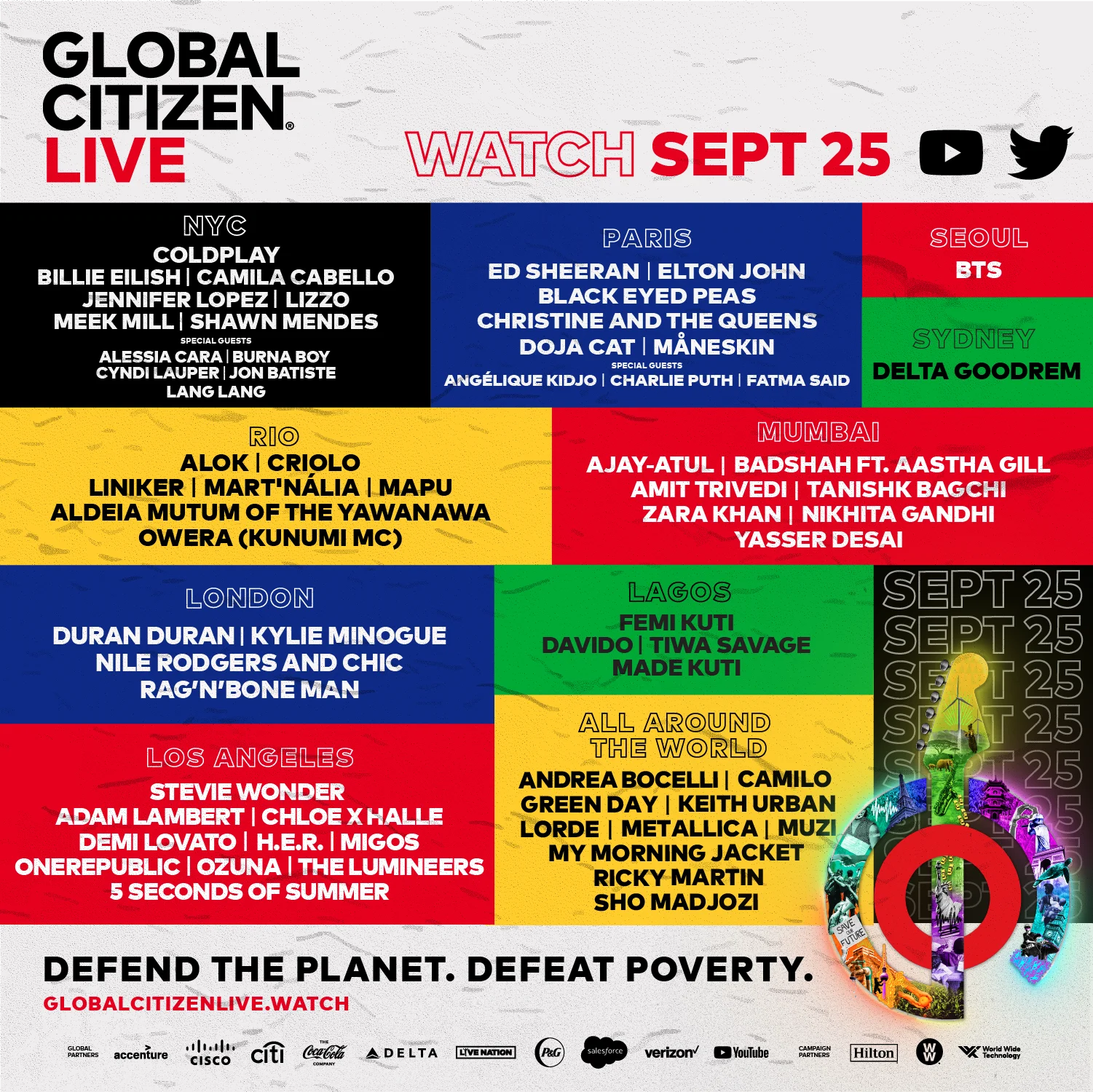As you doom scroll, your neighbors may be trudging through mud to save a nearby wetland — and the planet.
In recent years, amateur scientists have been empowered with university-level lab equipment and a suite of apps to gather data on environmental conditions and explore novel theories. Armed with these resources, everyday biophiles are helping to stop the twin crises of climate change and biodiversity loss by tracking animal populations, monitoring air and water quality, researching alternative forms of energy, and rehabilitating degraded ecosystems.
The E.O. Wilson Biodiversity Foundation is tapping into this potential for crowdsourced discovery as part of the Half-Earth Project, its mission to protect half of the planet’s land and marine spaces. Named for the famed American biologist, naturalist, and writer, the organization wants to empower everyday people, university researchers, community organizers, and leading environmental groups with the knowledge they need to conserve and restore the planet.
An interactive map depicting the health of ecosystems and human impacts has been created to guide and support conservation projects. As the map incorporates more data and becomes more refined, anyone in the world will be able to use it to pinpoint where to focus conservation resources.
“In the past, we’ve made conservation decisions based on fairly limited information and modeling,” Paula J. Ehrlich, president and CEO of the E.O. Wilson Biodiversity Foundation, told Global Citizen. “The kind of extraordinary moment we’re in — with technology, big data, and remote sensing — allows us to up our game and really explore and discover and map what we need to know in order to really identify the places that most need help.
“Our goal is to give people the information to feel confident that they can be truly effective,” she said.
The Half-Earth Project is admittedly a moonshot dream, Ehrlich said, something so bold that it requires near-universal buy-in, but it's so simple that it might just work.
“We need a true transformative shift in consciousness of our place in the world,” Ehrlich said. “We need to understand how caring for our planet ultimately gives us resilience across all aspects of our lives.
“When E.O. Wilson wrote Half Earth [the book], what he was looking for was a natural law marked by elegance,” she added. “The right mix of simplicity and latent power. That’s the wonderfulness of ideas like Half-Earth. People immediately understand this goal, that if we can work together, we can actually solve this problem. It raised an extraordinary hope that we can shift our thinking and save the planet.”

The Half-Earth Project benefits from a surge in attention for conservation due to the dawning realization that the global environment faces existential threats. An estimated 75% of land and 67% of ocean areas have been degraded. Coral reefs are dying and grasslands are turning to desert. Populations of species across the animal kingdom are plummeting, with many unique organisms rushing toward extinction as their habitats and sources of sustenance vanish.
At the same time, the decline of the natural world is fueling climate change in a vicious feedback loop. As permafrost melts in the Arctic, long-stored methane gas is being released. As wetlands get drained for parking lots, vital carbon sinks are being lost. Even the Amazon rainforest, long known as the “lungs of the planet,” recently became a net-emitter of greenhouse gases.
These trends point in an unmistakable direction — a barren planet, stripped of its extraordinary diversity, no longer a safe haven for humans.
But the Half-Earth Project imagines a hopeful alternative: a planetary recovery. Restoring landscapes and marine spaces can slow the climate crisis and allow biodiversity to regenerate. Shielding important ecosystems from human intervention can go even further, reversing the doomed scenarios that scientists envision if current trends go unchecked.
The main thing standing in the way of this goal is financing. Right now, conservation projects need hundreds of billions of dollars in additional funding each year. But that amount is a fraction of the anticipated costs of ecological collapse. Saving the planet is really a bargain, and world leaders are beginning to realize that.
The United Nations declared the current decade to be the Decade on Restoration and calls on countries to save at least 30% of land and marine spaces by 2030. Dozens of countries have pledged to support this goal and will be advocating for its universal adoption in the months and years ahead.
Right now, around 16.44% of land spaces and 7.74% of marine spaces receive some protections. Any additional increase will help save species and minimize the impact of climate change. By championing the moonshot goal of 50%, the E.O. Wilson Biodiversity Foundation is hoping to inspire a new status quo centered on environmental integrity.
On Oct. 21 and 22, Half-Earth Day will invite scientists, Indigenous leaders, conservationists, and everyday people to explore what this new norm could look like.
In addition to its year-round advocacy, the organization is mapping ecosystems to guide conservation and restoration efforts. The map is immersive, intuitive, and highly detailed — and it’s available for anyone to use and browse at their own leisure. It’s as simple as clicking on an area on the globe and starting your research.
The map for the Democratic Republic of Congo, for example, shows that 11% of the country is currently protected and that an additional 47% of the country will need protection to reach conservation goals. Parts of the map colored blue indicate low priority conservation areas, while green indicates high priority. The map focuses on land vertebrate animals as an entry point for conservation because of the abundant data available on their ranges and population sizes.
The map highlights 33 areas in particular that are of high importance worldwide. Tellingly, most of these areas are transnational, underscoring the fact that ecosystems do not abide man-made borders. In that same vein, the organization believes that protecting these areas and allowing the planet to heal will also alleviate the man-made crises of poverty, inequality, and conflict.
The more people embrace the Half-Earth Project, contribute to the map, and collaborate on local solutions, the more likely this idyllic dream will come true.
“The species of our planet don’t exist in isolation,” Ehrlich said. “If we lose species, we lose ecosystems, we lose the intricate web of life that sustains nature and us as part of nature.
“That's why E.O. is saying that biodiversity is really the foundation that supports all human life and human activity,” she added. “Where we’re seeing global poverty, it's often because the ecosystem that’s supporting their lives is no longer able to, the land has been overhabited, or there’s a lack of freshwater or there’s pollution, all of which can throw delicate systems into imbalance, which cause all sorts of strife.”
You can join the Global Citizen Live campaign to defend the planet and defeat poverty by taking action here, and become part of a movement powered by citizens around the world who are taking action together with governments, corporations, and philanthropists to make change.
